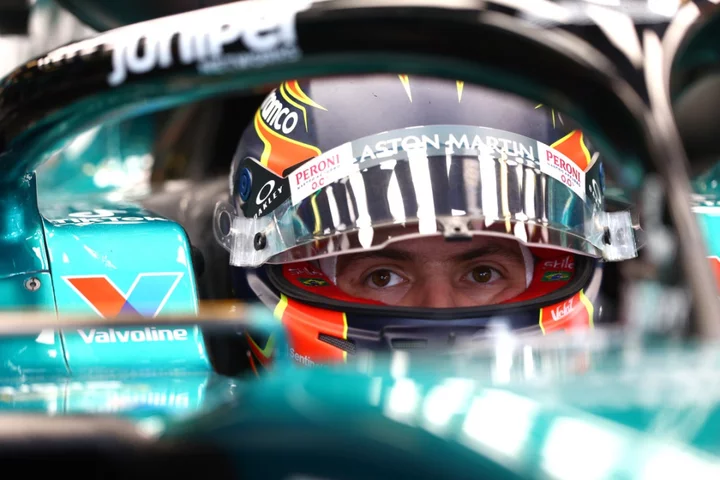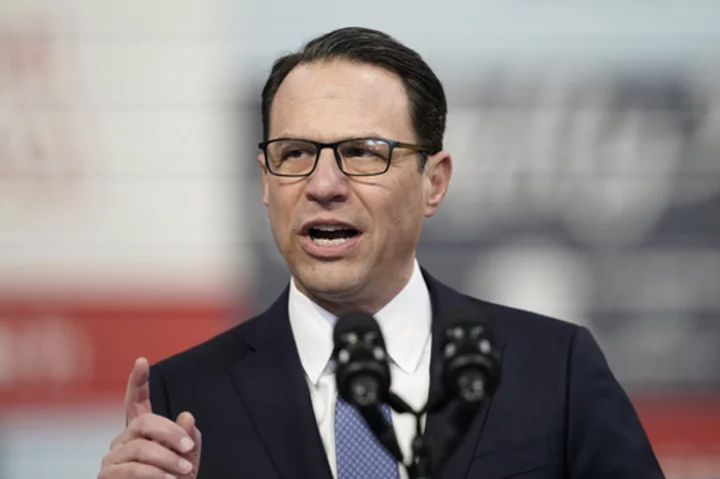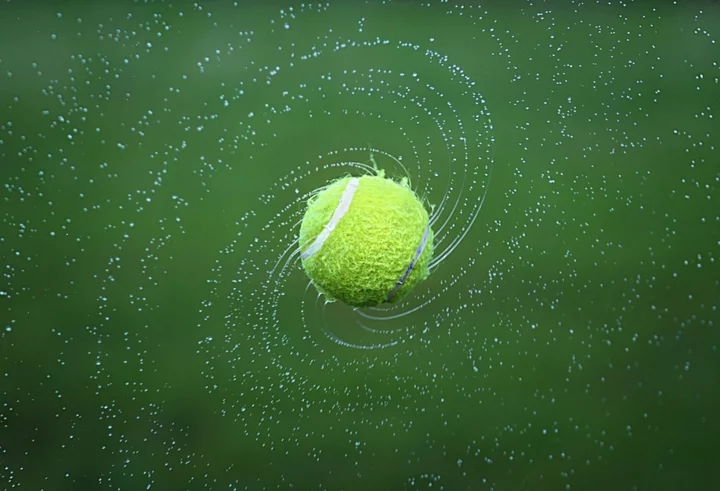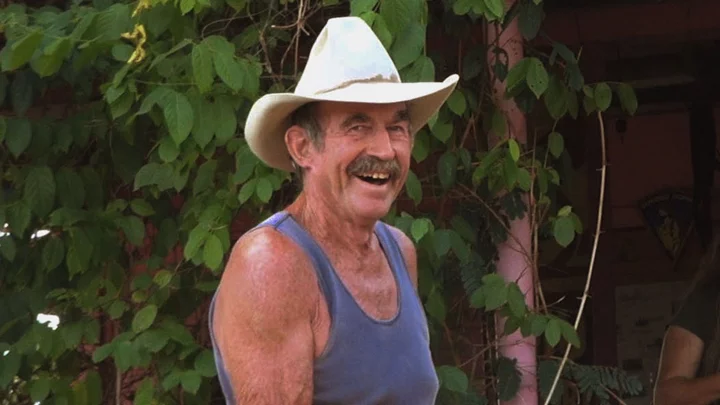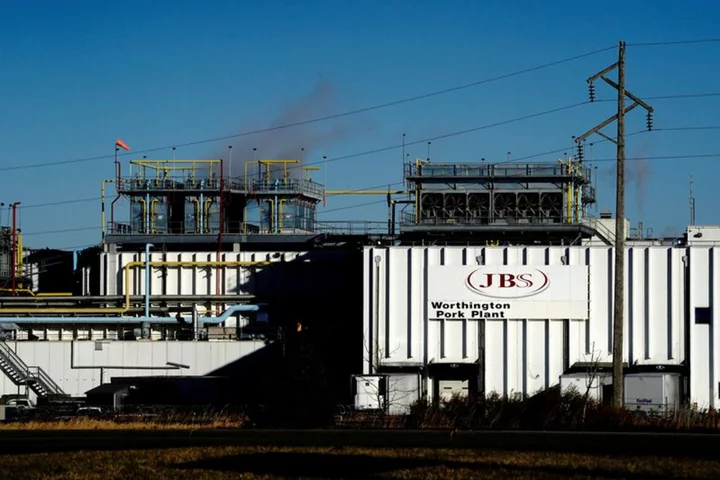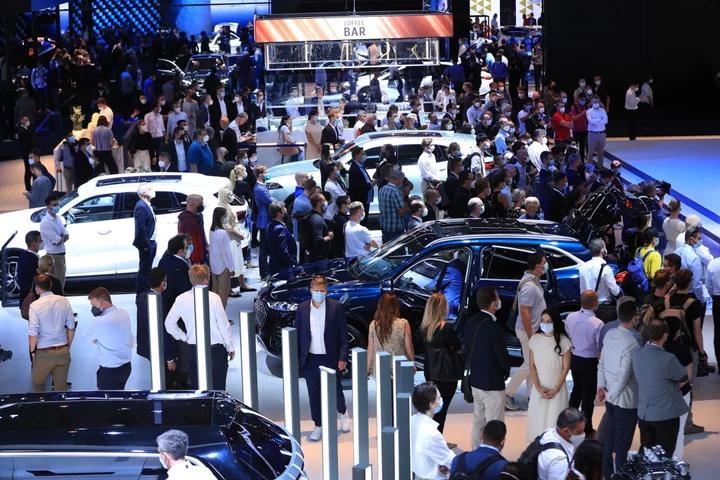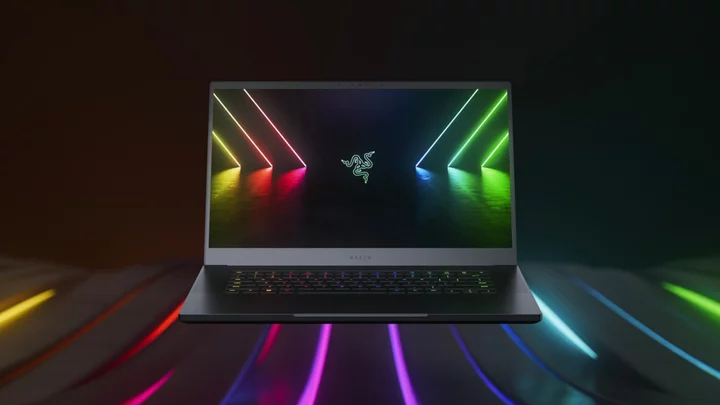Friday’s first practice session in Abu Dhabi was an intriguing watch. On a weekend which is alarmingly lacking much intrigue, exactly half the grid were absent. Substituted in their place were 10 “rookie” drivers, as part of F1’s mandatory young drivers programme introduced last year. One driver, and more so how they performed, amplified one of the sport’s most peculiar issues – and one where a solution could amp up the closing races of the season.
It is one of the FIA’s – the sport’s governing body – most peculiar rules that the Formula 2 champion can’t compete in the series again. Such a regulation would imply that there is a ready-made pathway to F1 for the winner, but this is not the case. For 2022 champion Felipe Drugovich, a second year in a row begrudgingly watching from the sidelines beckons next season. A shame because (who’d have thought it), he’s actually pretty fast.
In FP1 on Friday, Drugovich recorded the second-quickest lap on the timesheet. Most notably, the Brazilian was almost three-tenths quicker than Lance Stroll in the other Aston Martin car. While it was indeed practice – with drivers and teams generally on different run plans throughout the weekend – the pace was still notably significant. Yet while F1 remains a 10-team-20-driver sport, the obstructions for junior drivers with much promise but no established route to the top table will remain.
But what if there was a very genuine incentive to win Formula 2? What if those grappling for points at the bottom of the F1 standings had their future on the line?
Because title-runaways happen, in all sports. Manchester City have won five of the last six Premier League titles; two of those have been at a canter. Just ask German football fans about the simplistic boredom of the Bundesliga title race; Bayern Munich have won 10 in a row. But the end-of-season battles in football rarely stop at the top. The top six spots are incentivised with European football, while those down at the bottom frantically try to escape the clutches of relegation.
F1 is, of course, a different beast. All 10 teams are entities in their own right with the two driver spots their most prized assets. As such, team principals understandably want full reign on who to pick and how long to pick them for. And this simple model is not about to change anytime soon.
But, just for a moment, have a bit of fun and consider the extra spice of an alternative reality this weekend. Ignoring Nyck de Vries who was dropped from AlphaTauri after 10 races in July, Logan Sargeant is currently bottom of the charts with one point. Liam Lawson, who raced five times due to Daniel Ricciardo’s injury, has two points. Haas’ Kevin Magnussen is on three points, with Zhou Guanyu and Ricciardo ahead of him on six.
Meanwhile, the Formula 2 season also concludes this weekend. Alfa Romeo reserve Theo Pouchaire leads by 25 points to Mercedes junior Frederik Vesti. Aside from your motorsport die-hards, the sport’s main support series rarely entices viewers on television. Does it really matter, especially when you’re unintentionally punished by claiming the title with, most likely, a year to follow without racing?
It happened to Oscar Piastri in 2022; he had to play the game behind-the-scenes to land a seat at McLaren this year, with his impressive performances indicative of the talent coming up from the higher echelons of Formula 2. It’s happening now to Drugovich – and is set to happen to Pourchaire next year.
Yet imagine if a guaranteed spot in F1 was the carrot. Imagine if Sargeant had to somehow land a top-10 finish in the 22nd and final race at the Yas Marina Circuit to keep his seat at Williams. There could be ramifications for Magnussen’s poor year at Haas but, suitably scarred by the years of Mick Schumacher and Nikita Mazepin, Guenther Steiner said in the summer: “I don’t want to take any risk in this moment. You can take a risk if the risk is worthwhile to take. And in this moment, we want stability.”
Of course, it’s not realistic. Such a procedure would open up F1 to all sorts of issues. For example, George Russell finished bottom in 2019, simply handicapped with the worst car on the grid at Williams despite his obvious talent. The junior programmes most drivers are in would suddenly be negated. Teams would bend the rules, on and off track, in order to carve their route to the chosen driver.
But boy would the basic relegation-promotion principle make the season finale spectacle engrossing. While the teams can keep motivation high with financial rewards for higher spots in the championship, the generic sporting fan is not bothered about that. In the last six Abu Dhabi race meets (including this year’s), only one has had a title riding on it with Verstappen’s controversial and thrilling win over Hamilton in 2021. For a sport with peak popularity in the Drive to Survive era, the end-of-season no-contest is a shortcoming.
Read MoreChristian Horner reveals talks with Lewis Hamilton’s father over Red Bull seat
F1 Abu Dhabi Grand Prix LIVE: Practice updates and times at Yas Marina
F1 to trial AI at season-ending Abu Dhabi Grand Prix
What time is qualifying at the Abu Dhabi Grand Prix on Saturday?
Lewis Hamilton says Red Bull chief is ‘stirring things’ over team move claim
Toto Wolff and Fred Vasseur receive warnings over ‘swearing’ in Las Vegas

